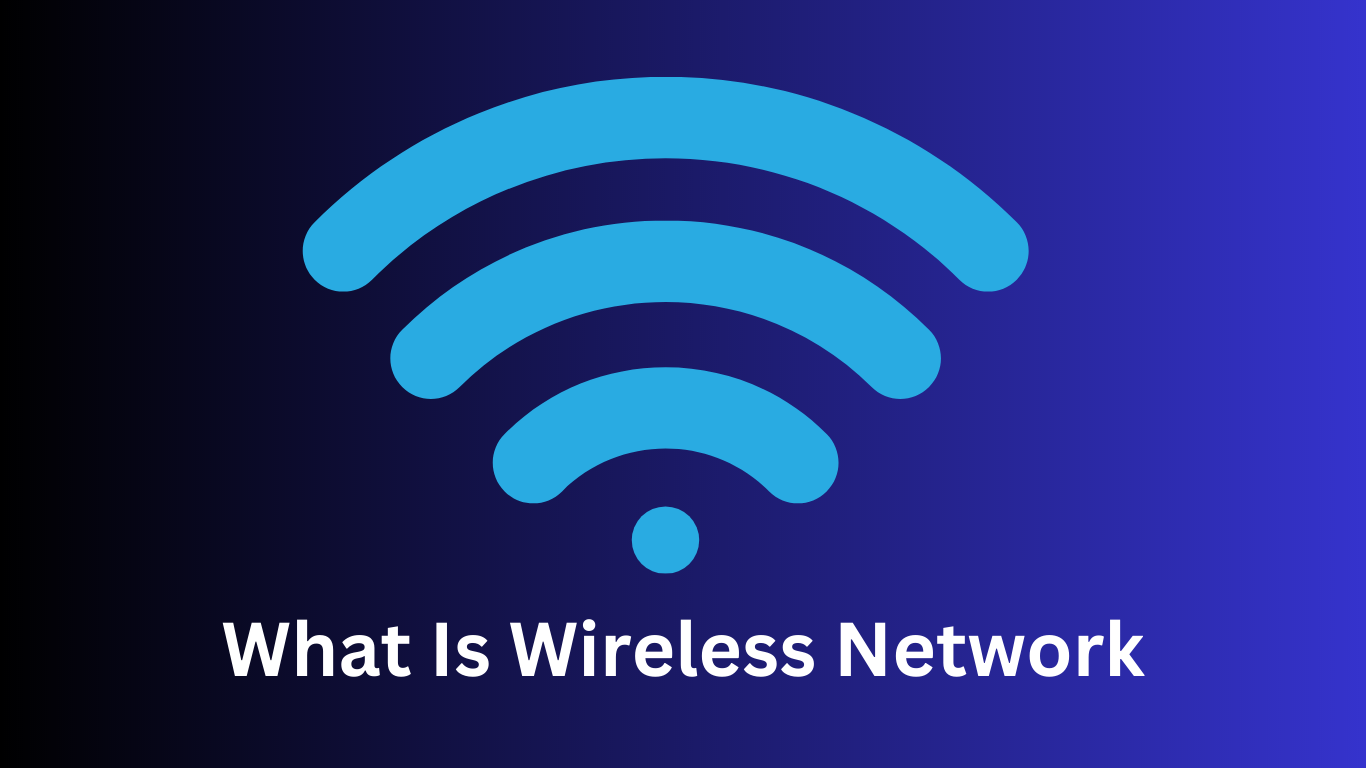Which One is Better: DSL or Cable Internet? Find out the Superior Option!
DSL internet and cable internet each have their advantages; however, cable internet is generally considered better due to its faster speeds and more reliable connection. DSL internet relies on a telephone line and is limited by distance, resulting in slower speeds and potential interruptions.
On the other hand, cable internet uses coaxial cables and can deliver higher speeds, making it suitable for streaming, gaming, and other data-intensive activities. Additionally, cable internet is typically more widely available and offers a more consistent performance, making it the preferred choice for most users.
So, if you’re looking for a fast and reliable internet connection, cable internet is the better option.

Credit: www.amazon.com
Understanding Dsl Internet
Digital Subscriber Line (DSL) internet is one of the most widely used types of broadband internet connections, especially popular in both urban and rural settings. It operates over standard telephone lines but utilizes a different frequency range, allowing for both voice calls and internet connectivity to occur simultaneously. This makes it a convenient option for those who still rely on landline phones. Unlike dial-up, DSL provides an “always-on” connection, so there’s no need to dial in every time you want to browse the web.
One of the key features of DSL is that it offers a dedicated connection between your home and the service provider’s central office. This means that, unlike with cable internet, you’re not sharing bandwidth with your neighbours. Therefore, the speed you pay for is generally the speed you get, making the service more consistent. However, this speed can be limited by your distance from the service provider’s central office; the further you are, the slower and less reliable your connection will be. This is why rural users, who are often far from central offices, may experience slower speeds with DSL.
Speed, Installation and Pricing
In terms of speed, DSL is generally slower than other types of broadband like cable or fibre-optic internet. Speeds typically range from about 1 Mbps to 20 Mbps, although newer technologies and infrastructure upgrades have allowed some DSL providers to offer speeds up to 100 Mbps. These speeds are usually sufficient for basic browsing, email, and streaming on a few devices, but may not be ideal for larger households with multiple users who stream HD or 4K video, play online games, or engage in other bandwidth-intensive activities.
Installation of DSL usually requires a special DSL modem, which connects to your phone line and converts the digital data into a form your computer can use. Some providers offer modem-router combos that also create a Wi-Fi network in your home. While the installation is generally straightforward, some older homes with outdated phone lines may require some additional work to get up to speed.
Pricing for DSL is often lower than that for other types of broadband, in part because the technology is older and the speeds are generally slower. Many providers offer bundle packages that include both DSL internet and home phone service at a discounted rate, which can be a cost-effective option for some households.
In summary, DSL internet is a widely available and generally reliable form of broadband that operates over existing phone lines. While it doesn’t offer the high speeds that cable or fiber-optic do, its dedicated connection offers consistent service that can be more stable than cable, especially during peak usage times. It’s most suitable for smaller households with moderate internet usage needs and is often one of the more affordable options on the market.
Unveiling Cable Internet
Cable internet is a form of broadband connectivity that offers high-speed internet access using the same coaxial cable lines that deliver cable television. It’s particularly popular in urban and suburban areas and is generally known for its ability to deliver fast and reliable internet service. One of the standout features of cable internet is its speed. Depending on the service package and the provider, cable internet can offer speeds ranging from around 25 Mbps to 1 Gbps, making it one of the fastest options available for consumers.
The way cable internet works is by partitioning the coaxial cable into various channels, some of which are allocated for television and others for the internet. Unlike DSL, which offers a dedicated line to each user, cable internet is often shared among multiple households in a neighbourhood. This communal setup can sometimes lead to slower speeds during peak usage times as multiple users draw on the same local bandwidth. However, advancements in cable technology, such as DOCSIS 3.1 (Data Over Cable Service Interface Specification), have helped mitigate this issue by increasing network capacity and efficiency.
Installation Process for Cable Internet
The installation process for cable internet usually involves setting up a cable modem at your residence. This modem converts the analogue signals travelling through the coaxial cable into digital data that your computer can understand. Many modern cable modems also come with built-in routers, allowing you to set up a wireless network in your home without needing an additional piece of hardware.
Cable internet is often bundled with other services like cable television and landline telephone service, providing a potentially cost-effective all-in-one solution for your entertainment and communication needs. These bundles can make the service seem more economical, although the standalone cost of cable internet is generally higher than other options like DSL, particularly for the higher-speed packages.
One downside to cable internet can be its latency or the delay in transmitting data between your computer and the server. While generally not an issue for activities like browsing or streaming, it can be a more significant concern for those who require real-time data transfer, such as online gamers or day traders. However, for the average user, the latency is generally not noticeable enough to impact daily activities.
In terms of reliability, cable internet is generally robust, but it can be affected by various factors such as network congestion or even weather conditions if the cable infrastructure is damaged. Because the technology relies on a physical cable, outages can occur if the line is damaged due to construction, extreme weather, or other unforeseen events.
Comparing DSL and Cable Internet
DSL and cable internet are two popular options that are often compared for their speed and reliability. DSL connections tend to be slower compared to cable internet. Cable internet, on the other hand, offers faster speeds and better reliability. When it comes to cost and affordability, DSL is generally the more affordable option.
However, cable internet may offer better value for money due to its faster speeds. Availability and coverage can vary depending on your location. DSL is often available in rural areas where cable internet may not be accessible. Installation and setup processes are typically simple for both options, with DSL requiring a modem and cable internet needing a coaxial cable connection.
Certainly! Both DSL (Digital Subscriber Line) and Cable are popular forms of broadband internet service, but they differ in several key aspects. Here’s a detailed comparison:
Speed
DSL: Generally slower, ranging from about 1 Mbps to 20 Mbps. However, DSL speeds can reach up to 100 Mbps with newer technologies.
Cable: Faster, offering speeds that can reach up to 1 Gbps. Typical plans may offer speeds ranging from 25 Mbps to 300 Mbps.
Consistency
DSL: Speed can be more consistent because the connection is not shared with neighbours. However, the speed degrades the further you are from the service provider’s central office.
Cable: Speed may fluctuate during peak hours as you’re sharing bandwidth with neighbours.
Technology
DSL: Transmits data over copper telephone lines.
Cable: Transmits data through the same coaxial cables used for cable TV, which are usually higher capacity.
Installation
DSL: This may require a dedicated phone line and a DSL modem.
Cable: Requires a cable modem, but you can often use the same cables as your cable TV.
Availability
DSL: More widely available in rural areas.
Cable: More commonly found in urban and suburban areas but less so in rural regions.
Reliability
DSL: Generally less susceptible to outages but could be affected by distance from the central office.
Cable: Generally reliable but can be affected by network congestion during peak hours.
Price
DSL: Often cheaper but you pay for slower speeds.
Cable: Generally more expensive but offers higher speeds.
Latency
DSL: Can have higher latency, which might be a concern for activities like online gaming.
Cable: Typically offers lower latency.
Bundling Services
DSL: Often bundled with a home phone service.
Cable: Commonly bundled with TV and phone services, usually providing a cost-saving opportunity.
DSL is generally slower but more consistent and is often more widely available in rural areas. Cable internet is faster but might suffer from speed drops during peak usage times. Your choice between DSL and Cable may ultimately depend on your specific needs, the speeds you require, and what services are available in your area.
What is the best Internet connection type?
Determining the “best” type of internet connection depends on various factors including your needs, location, and what is available in your area. Here are some of the most common types of internet connections, along with their pros and cons:
DSL (Digital Subscriber Line)
Pros:
- Widely available
- Consistent speed
- Usually cheaper
Cons:
- Slower speeds compared to other types
- Speed decreases the further you are from the service centre.
Cable
Pros:
- Fast speeds, up to 1 Gbps
- Widely available in urban and suburban areas
Cons:
- Speed can fluctuate during peak hours
- Usually more expensive than DSL
Fiber-Optic
Pros:
- Extremely fast, up to 5 Gbps or more
- Reliable and lower latency
- Not affected by distance from the service center.
Cons:
- Limited availability
- Installation can be expensive and disruptive
Satellite
Pros:
- Available almost everywhere, including remote and rural areas
Cons:
- Slower speeds and higher latency
- Weather-dependent
Fixed Wireless
Pros:
- Useful in areas where other types of connection are not available
- No need for phone or cable lines
Cons:
- Affected by weather and other obstructions
- Limited data plans
Mobile (4G/5G)
Pros:
- Portability and availability
- Increasingly fast with 5G
Cons:
- Data caps
- Less reliable for heavy-duty tasks
Summary:
- For Speed and Reliability: Fiber-optic is generally the best option if it’s available in your area.
- For Wider Availability: DSL and Cable are more widely available and offer a good balance between speed and price.
- For Rural Areas: Satellite or Fixed Wireless may be your only options.
- For Portability: Mobile 4G or 5G networks can be good but usually come with data caps.
- Your choice will likely be a balance between what you need in terms of speed, what you can afford, and what is available in your location.
Frequently Asked Questions For Which One Is Better DSL or Cable Internet Why
What Is Better DSL or Cable Internet?
DSL and cable internet are both popular options, but which is better? It depends on your needs. DSL internet uses phone lines and provides a reliable connection at a lower cost. Cable internet, on the other hand, uses TV cables and offers faster speeds, ideal for streaming and gaming.
Overall, cable internet tends to be faster and more reliable, but it may also be more expensive. DSL Internet is a good choice if you’re on a budget and need a basic connection for browsing and email. However, if you require fast speeds and want to use multiple devices simultaneously, cable internet may be the better option.
Ultimately, consider your budget, usage requirements, and availability in your area to decide which one suits you best.
What Is The Difference Between DSL and Cable Internet?
The difference between DSL and cable internet are two types of high-speed internet connections. Dsl, which stands for digital subscriber line, uses existing phone lines to transmit data, while cable internet uses television cable lines. DSL offers a dedicated connection, meaning you don’t share the bandwidth with your neighbors.
Cable internet, on the other hand, shares bandwidth with others in your area, potentially affecting your speed during peak times. Dsl is known for its reliability and consistent speeds, while cable internet can provide faster speeds but may be affected by congestion.
DSL is widely available, especially in rural areas, while cable internet is more commonly found in urban areas. In summary, the main differences between dsl and cable internet are the type of connection (phone lines vs. television cable), sharing of bandwidth, and availability based on location.
Is Dsl More Stable Than Cable?
DSL is generally considered to be more stable than cable. The stability of the connection is due to DSL being a dedicated line, which means it is not shared with other users. Cable, on the other hand, is a shared connection, which can lead to congestion and slower speeds during peak times.
DSL also tends to have lower latency, which results in faster response times for online activities like gaming or video calls. Additionally, DSL is less affected by factors such as weather or distance from the provider’s central office, making it more reliable in certain circumstances.
However, it is important to note that the stability of the internet connection can vary depending on the specific provider and infrastructure in your area. It is recommended to check with local providers and compare their offerings to determine which option would be more stable for your specific needs.
Conclusion
Overall, when considering whether DSL or cable internet is better, it ultimately comes down to individual needs and preferences. DSL offers advantages in terms of stability, affordability, and widespread availability in rural areas. On the other hand, cable internet boasts faster speeds, making it ideal for bandwidth-intensive activities like streaming and gaming.
For those seeking a reliable and cost-effective option in regions with limited connectivity, DSL may be the more suitable choice. However, if blazing-fast speeds and seamless online experiences are a priority, cable internet proves to be superior. Remember, before making a decision, it’s essential to thoroughly research and compare the options available in your area.
Assess your usage requirements and budget to determine which type of internet connection aligns best with your needs. Whether you opt for DSL or cable, it’s crucial to select a reputable service provider to ensure reliable and consistent internet access.




